Integration of Princely States
Unifying post partition India & princely states under one administration was perhaps the most important task faced by then political leadership. In colonial India, nearly 40% of the territory was occupied by 565 small & large states ruled by princes who enjoyed varying degrees of autonomy under the system of British Paramountcy.
- Many of 565 princely states began to dream of an independent state of their own after independence.
- With great skill and masterful diplomacy & using both persuasion & pressure, Patel succeeded in integrating hundreds of princely states.
- Most princely states joined Constituent Assembly with wisdom, but others like of Junagarh, Kashmir, Manipur and Hyderabad publicly announced their desire to claim an independent status.
Junagarh
- A small state on the coast of Saurashtra surrounded by Indian Territory
- Had no link with Pakistan yet Nawab announced accession to Pak
- But majority of the people (majorly Hindu), desired to join India
- This led to a violent movement against Nawab along with Indian troops marching into the state
- A plebiscite was held which favoured joining India
Kashmir
- Hindu ruler Hari Singh tried to negotiate with India & Pak to have an independent status for his state.
- Since majority population of the state was Muslim, the Pakistan thought Kashmir ‘belonged‘ to them.
- On 15th August Harisingh offered standstill agreement with both countries which allowed the free movement of people & goods.
- Pakistan signed the agreement, but India didn’t.
- Pakistan became impatient & started violating standstill agreement.
- 24th October Hari Singh demanded military assistance from India.
- Mountbatten pointed out that under international law India can send its troops only after state signs a formal instrument of accession
- Thus on 26th Oct Maharaja signed instrument of accession which got ratified in 1954.
- On 27th Oct. morning nearly 100 planes airlifted men and weapons to Srinagar.
- Pakistan army left the main valley region but continue to occupy a large chunk of territory of Gilgit, Baltistan region – Pak occupied Kashmir.
Hyderabad
- Largest princely state of India which was ruled by Nizam
- Nizam led to tyrannical ways & aspired to set up a Muslim dominion rather than integration with India
- He wanted an independent status for Hyderabad & thus entered into negotiation of standstill agreement with India
- Meanwhile people revolted against Nizam’s rule, particularly the peasants of Telangana due to his worst oppression measures.
- Nizam retaliated on popular movement by unleashing a para-military force.
- 150,000 soldiers were mobilized by Nizam to fight against the Indian Union
- They murdered, maimed, raped and looted, targeting particularly the non-Muslims.
- In Sep 1948, Indian army under operation Polo invaded Hyderabad state & overthrew its Nizam, annexing the state merged it into the Indian Union.
Manipur
- Indian government was prepared to be flexible in giving autonomy to some regions.
- Maharaja of Manipur signed the instrument of Accession with the Indian government on the assurance that the internal autonomy of Manipur would be maintained.
- Under the pressure of public view, Maharaja held elections in Manipur in June 1948 & thus state became a constitutional monarchy.
- Manipur was the 1st part of India to hold an election based on universal adult franchise.
- Government of India succeeded in pressurizing the Maharaja into signing a Merger Agreement in September 1949, without consulting the popularly elected Legislative Assembly of Manipur.
- This caused a lot anger and resentment in Manipur, the consequences of which are still being felt.
In return of their surrender of all power and authority, the rulers of major states were given privy purses guaranteed by the constitution. The rulers were allowed succession to the gaddi & retained certain privileges such as keeping their titles, flying their personal flags and gun salutes on ceremonial occasions.
French & Portuguese Territories
- After integration of princely states two trouble spots were French settlement and Portuguese settlements.
- After prolonged negotiation Pondicherry and other French possessions were handed over to India in 1954.
- Portuguese were not ready to handover their areas.
- Their NATO allies supported Portugal’s position and India supported peaceful means.
- In 1961 a people movement demanded support; Indian troops marched in Goa under Operation Vijay & Portuguese surrendered without any fight.
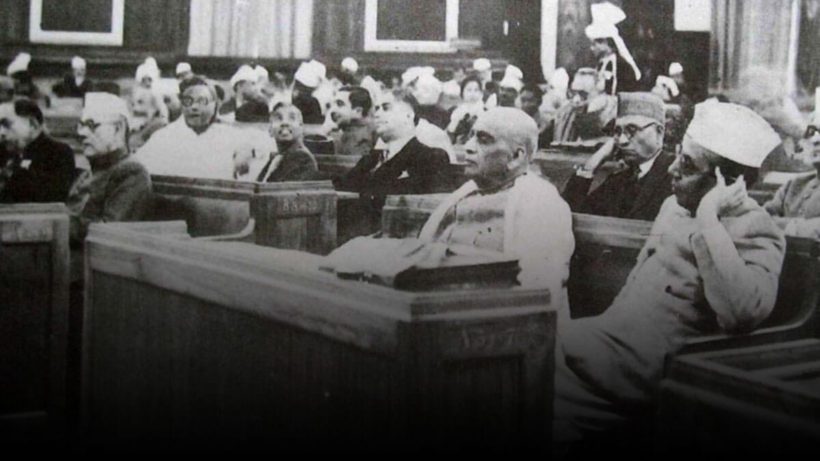

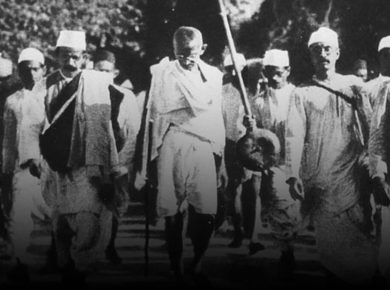
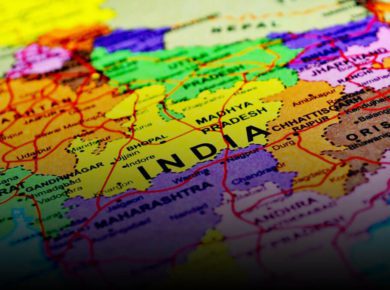
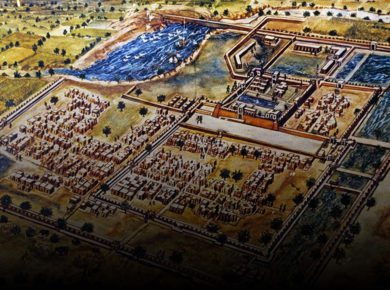
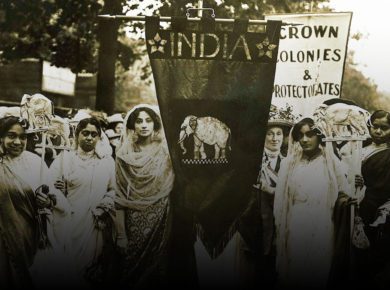

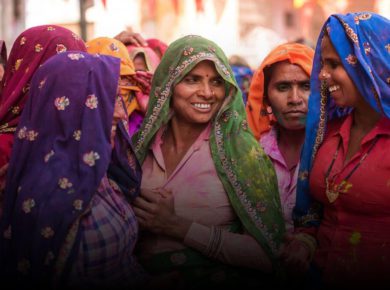
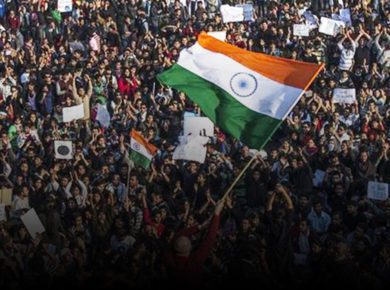
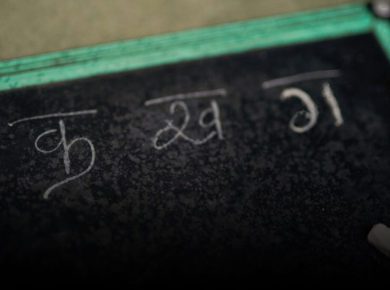

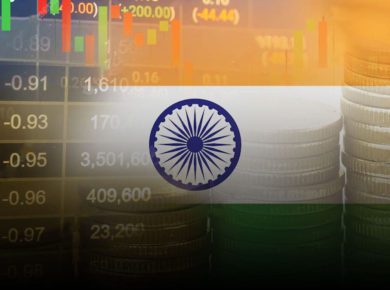
3 comments
thankyou very much to share the knowledge.
Nice article, useful information shared thanks.
Correct the date of instrument of accession of Kashmir, there are other mistakes too.
Request you to please cross check them before publishing them.